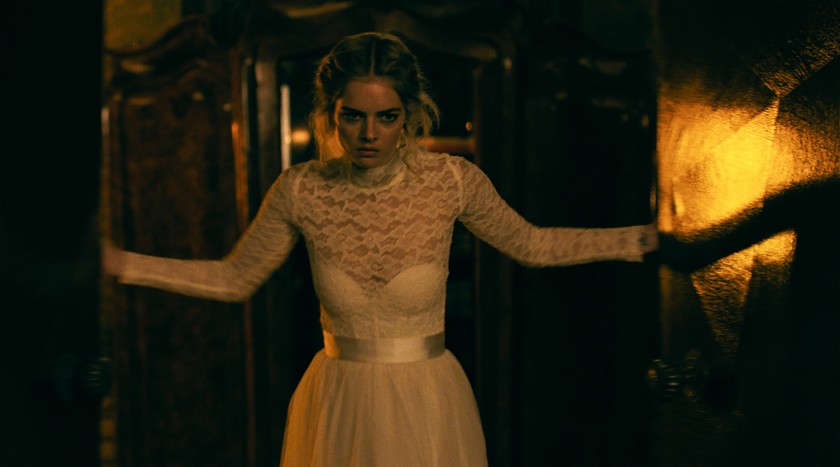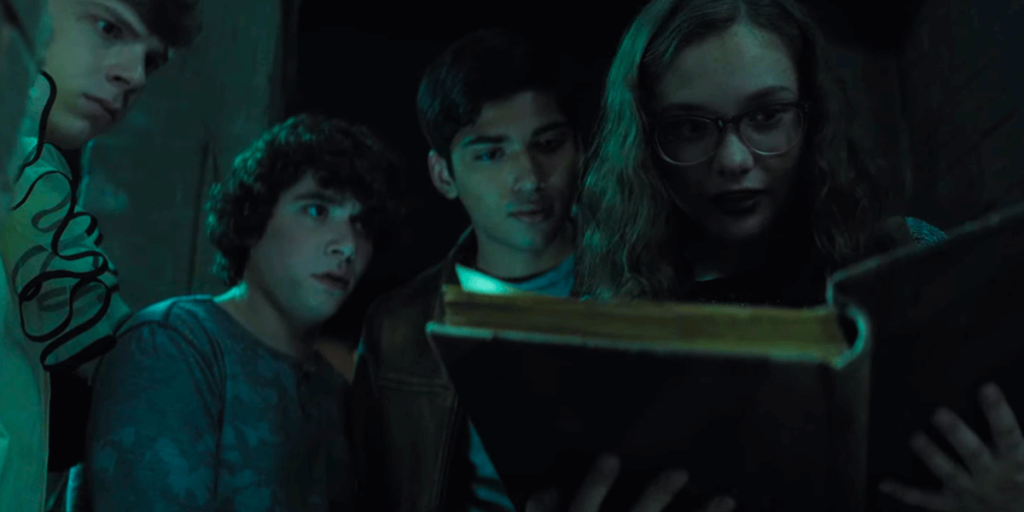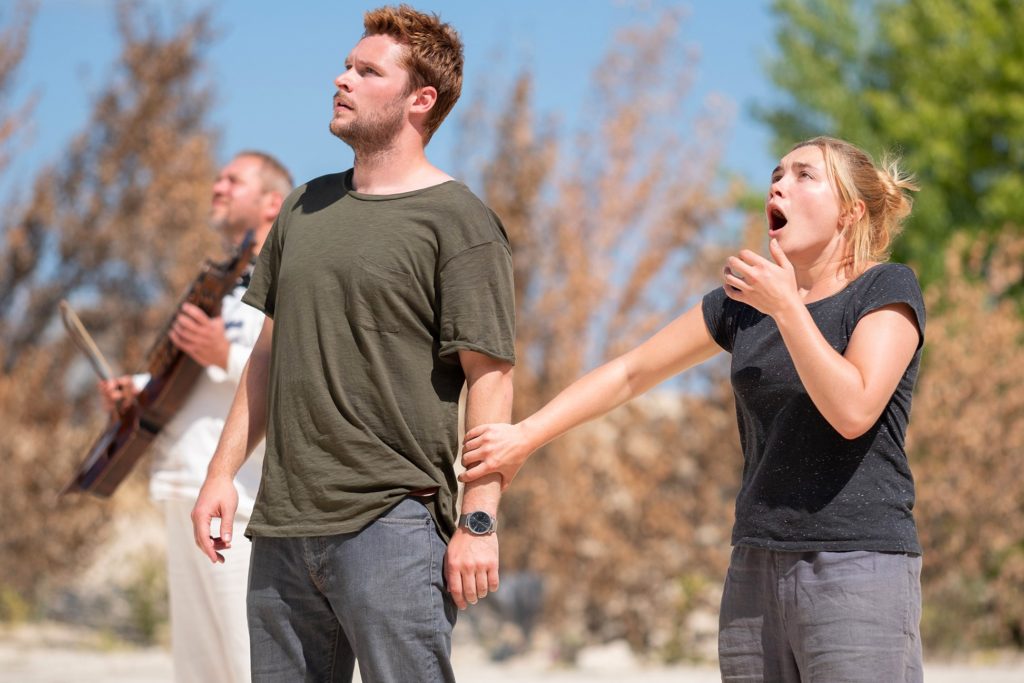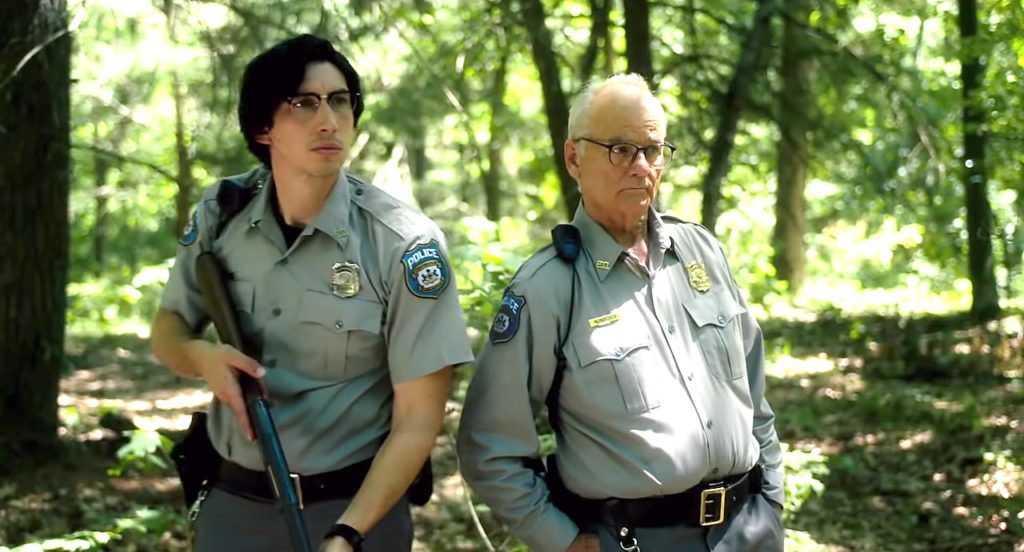It Chapter Two: The Losers Are Bigger, and So Is the Clown
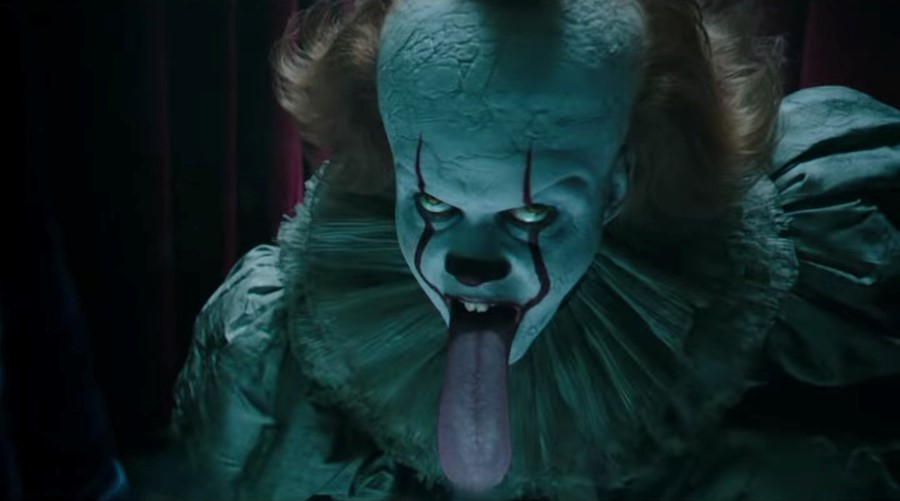
Size matters in It Chapter Two, and that’s bad news for everyone, unless you’re a special-effects technician or Paul Bunyan. Big, loud, and long—but not powerful, memorable, or scary—Andy Muschietti’s follow-up to his 2017 smash hit completes the saga of six misfits and their supernatural battle against one angry clown. But while this sequel flashes forward 27 years, alighting on the members of the self-proclaimed Losers Club as disenchanted adults, its sensibility is distinctly childlike. Dismissive of subtlety and ignorant of tension, Chapter Two stomps around wildly, craving your attention and desperate for your dread. Its creepy clown—named Pennywise, of course, and again played by Bill Skarsgård with streaks of red gashing his pasty-white makeup—may remain a force of malevolent evil, but at times he seems less like the movie’s villain than its spirit animal.
Not that he’s around all that much. In fact, aside from the prologue—in which a pleasant evening at a carnival turns icky and gory, with a paranormal murder preceded by a vulgar, distinctly human hate crime—Pennywise is a nonentity for most of Chapter Two, lurking in the periphery or cloaking himself in other forms of varying ghastliness. It’s an approach that makes some theoretical sense; the clown is such a nightmarish symbol, Muschietti doesn’t want to dilute his gruesome power through overuse. And his solution—to terrorize his characters, and his audience, by subjecting them to a twisted menagerie of misshapen monsters—might have worked, had the director exhibited some grasp of how to transfigure computer-generated phantasms into genuine fright. Read More

